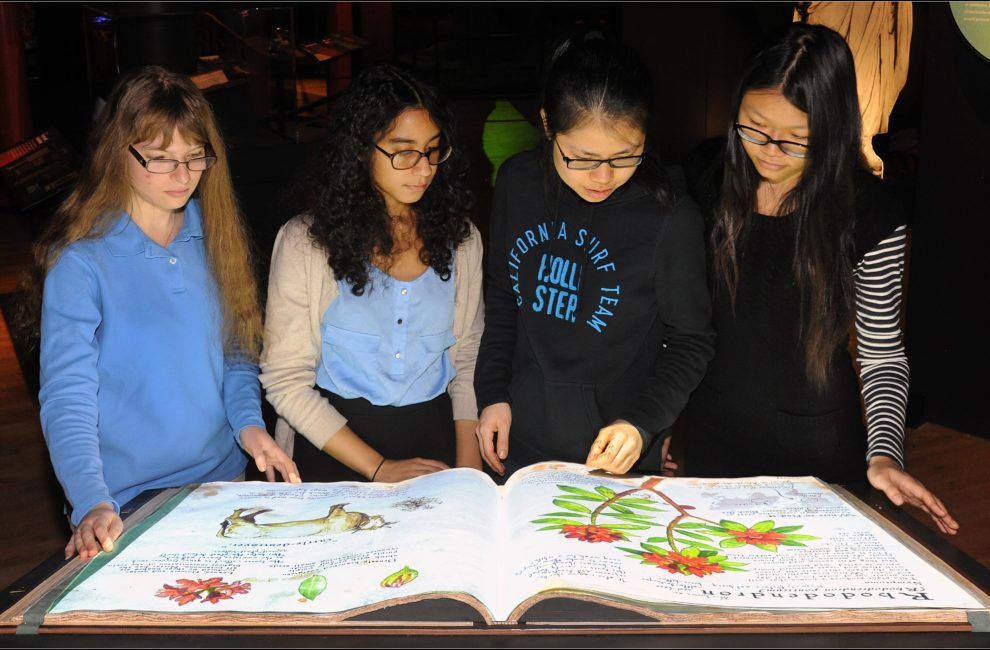
The Perfect Antidote: New The Power Of Poison Exhibition
Whether it’s blow darts, medicines, or murder, people have always been interested in toxins. The Power of Poison, a traveling exhibit that opened at the Indiana State Museum on October 21, will give visitors the opportunity to look their origins in the natural world, their place in our stories, and how they’ve contributed to the development of medicines.
It starts with a terrarium and some frogs. “The skin from one of these gold poison frogs, if you grind it up and extract all the toxins, could kill 10 people,” says Dr. Mark Siddall, whose business card identifies him as “curator of wormy slimy stuff.” He put together the touring exhibit for the American Museum of Natural History, New York, which is making its seventh stop after three years on the road.
There are four of those frogs in the exhibit, so the math says there’s enough poison to kill 40 people. But there’s no need to worry—the amphibians develop their poison in the wild through their diet, and these little hoppers have been kept on a strict diet of crickets.
Past the frogs, guests wander through Colombia’s Chocó Lowland Forest, where they will learn about other animals in possession of powerful toxins—wandering spiders, eyelash pit vipers, long-winged butterflies. Some of them are brightly colored, a warning to would-be predators that they’re dangerous dinners. Others, such as bullet ants, are just dangerous.
Then, it’s out of the woods and into the lore, which features set pieces depicting the Mad Hatter’s tea party in Alice’s Adventures in Wonderland, the witches of MacBeth, an unconscious Snow White, and Emperor Qin Shihuang. The founder of the Qin Dynasty, according to legend, drank mercury to become immortal. Oops.
One panel display describes the origin of death in a Sudanese folktale, which tells a tale of immortal humans and the rascally rabbits, their blood nemeses. One day a rabbit tricked a man into eating poison roots, causing the first death to befall man two days later. It’s one of many stories explored throughout the section, including Harry Potter, before its showstopper: the Enchanted Book of Poisons.
A mind-boggling technical display, the Enchanted Book of Poisons is a four-page book of illustrations that come to life when touched to tell the story of toxic plants throughout time. Different styles of writing indicate different periods of time, while animations tell the poison’s story visually. Ask Siddall how it works, and he’ll tell you: It’s enchanted.
Though mercury didn’t work out for the emperor, poison can have medicinal benefits. Look no further than exenatide. Eli Lilly and Company and Amylin Pharmaceuticals used the venomous Gila monster’s spit to develop the medicine, marketed as Byetta, as a treatment for diabetes. It was approved for sale by the Food and Drug Administration in 2005 and is just one of many real-world drugs made from the potentially harmful poisons of plants and animals. You can learn about some of the others at the conclusion of the exhibit.
See The Power of Poison at the Indiana State Museum (650 W. Washington St., 317-232-1637) through February 11.





